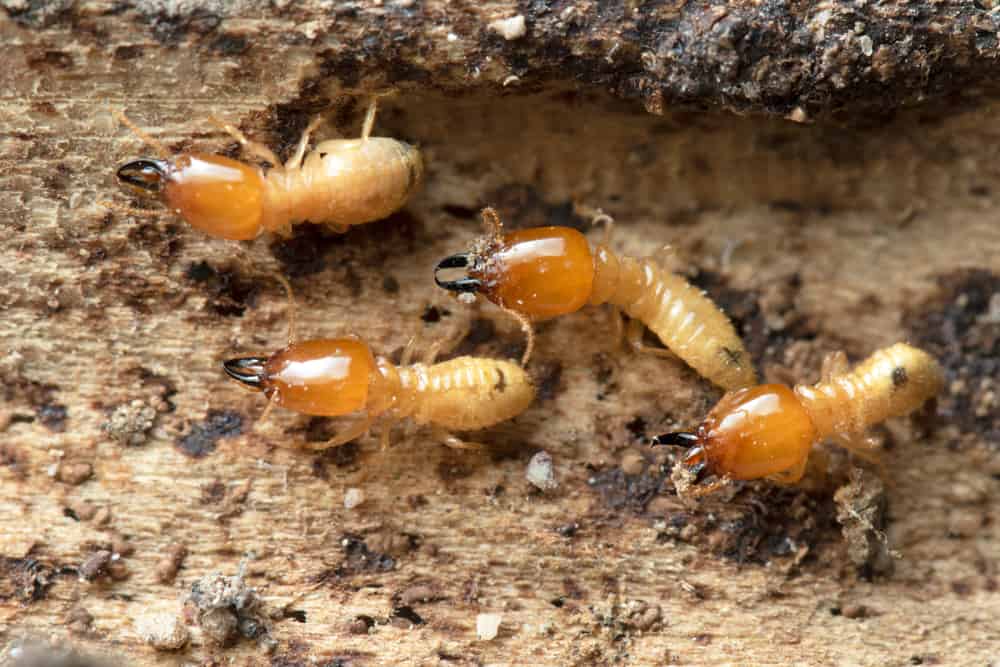Any infestation of insects or rodents can be nasty but some can be so outrageous that they require pest control. This is as true for NC as it is for any other state or country. There are variations from state to state, however, largely depending on the state’s climate, urban/rural areas balance, and more.
So, which are the 10 most common house bugs in North Carolina and what can we do about them?
10 common house bugs in North Carolina
As one of those states that are neither too north nor too south, NC has quite a few nasty insect pests that are common for either half of the country.
Permanent in-house infestations
When talking about house bugs, we usually mean bugs that are not just occasionally seen indoors but that make our homes theirs. In North Carolina, some of the most common of those include:
1. Ants
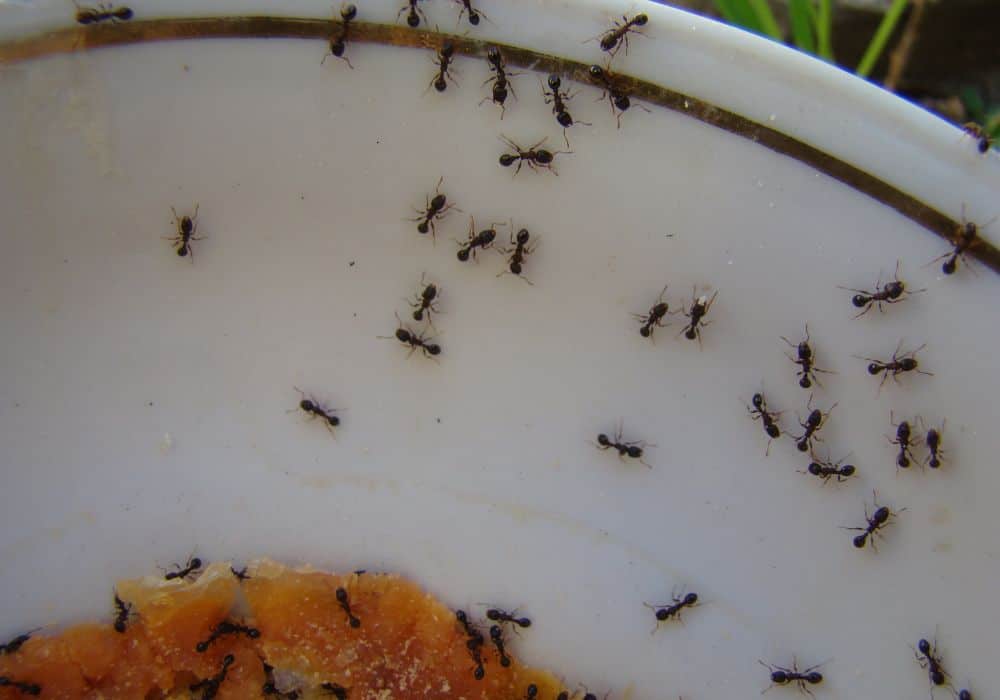
Of all the insects that often seek access to our homes, ants are among the most common pests. And North Carolina has many of the common offenders such as:
- Argentine ants
- Red imported fire ants
- Pavement ants
- Ghost ants
- Pharaoh ants
- Acrobat ants
- Little black ants
- Carpenter an
- Odorous ants, and others
All these species of ants can be attracted to your home by various food sources such as crumbs and trash. They usually make their way indoors through cracks and crevices as well as simply through open windows and doors. House ants like these can be nuisances at best and an outright menace at worst.
Carpenter ants, in particular, can deliver painful bites when agitated, and the infamous red imported fire ants can even lead to some very unfortunate allergic reactions and problems.
The way to deal with such house ants can include anything from sprays, chalk lines, and traps, to insecticide fogging if the nests are large and established enough to not be treatable in any other way.
The good news is that ant prevention is, at least, easy. All we need to do is reduce their food sources such as easily available food trash and exposed food, and seal off the openings inside our homes such as wall crevices and cracks.
2. Bed Bugs
As in most other urban environments in the world, bed bugs are a problem in the cities of North Carolina too. Raleigh and Charlotte are two cities in NC that are particularly well-known for having issues with these pesky critters so people living or visiting there are advised to always be careful when going back home as they may bring bed bugs from wherever they’ve been.
And, while bed bug bites aren’t venomous and don’t spread diseases, they can be quite painful, itchy, and irritating. What’s worse, bed bug infestations can get out of hand very fast, as seen here, if we don’t take action soon enough. This is especially common in the summer when people tend to confuse bed bug bites with mosquito bites and ignore them.
There are ways to deal with a bed bug infestation on your own, particularly by fumigating your home and heat-treating your bedding and clothes. It’s often best to just reach for the phone number of the nearest pest control service, however.
3. Cockroaches
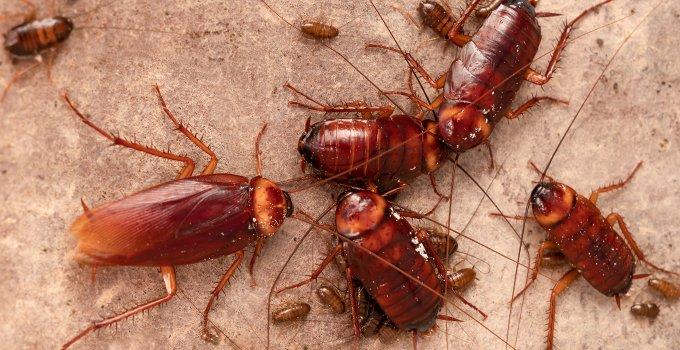
Credit: goallpest
All three of the common US types of cockroaches can be found in New Carolina – Oriental cockroaches, American cockroaches, and German cockroaches. Being the moisture-loving pests they are, we can often find them crawling in or around a water pipe in our basements or bathrooms, and scavenging for food in the trash or the kitchen.
These three types of roaches are just three out of thousands, of course, but they are the three that tend to invade people’s homes and spread diseases. They are also incredibly tenacious and hard to wipe out as they reproduce quickly and tend to dwell in hard-to-reach places during the day.
You may be able to deal with the issue with sprays, traps, and other home-use insecticides but full-blown infestations will often require a professional’s help.
4. Termites
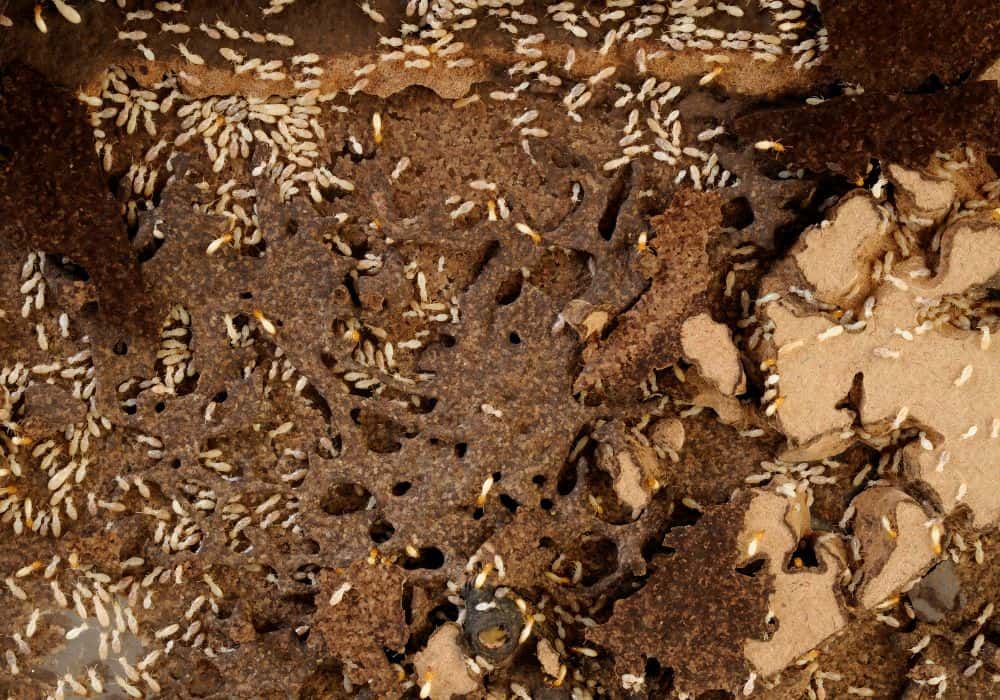
While harmless to people, termites are one of the biggest insect blights upon homeowners because of the immense structural damage they can dish out to wooden structures. And, as termites live and spread mostly underground, they can remain completely unnoticed as they creep toward your house.
There are many signs of termites being present in your home, of course, but if you want to catch the insects before they’ve infested your home, you’ll have to monitor the earth around your home and watch out for stuff such as termite mud tunnels, excrements in the soil, tree nests, blowholes in trees, and so on.
5. Spiders
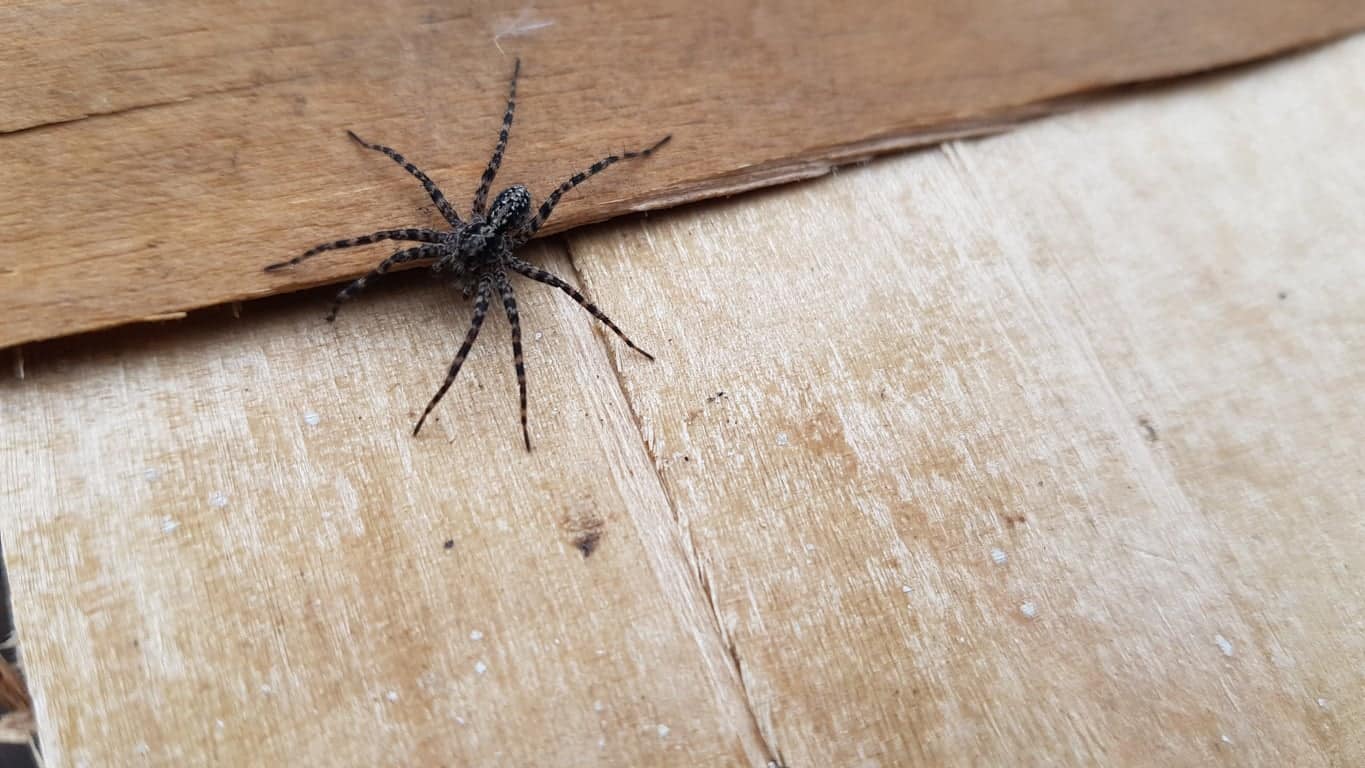
Credit: bobvila
Most spiders are harmless to humans as the venom in their bites isn’t strong enough to harm us. In fact, these arachnids are even seen as beneficial as they kill a lot of the actual insect pests we have to deal with.
There are some spider species that can be harmful to people, especially if their nests have started growing out of control. And, unfortunately, quite a few of them are common in NC, including the yellow sac spider, the brown recluse spider, the black widow spider, and wolf spiders.
Ignoring singular members of these species in the wild is advisable but you may have to reach for the insecticides if they are inside your home.
6. Pantry pests
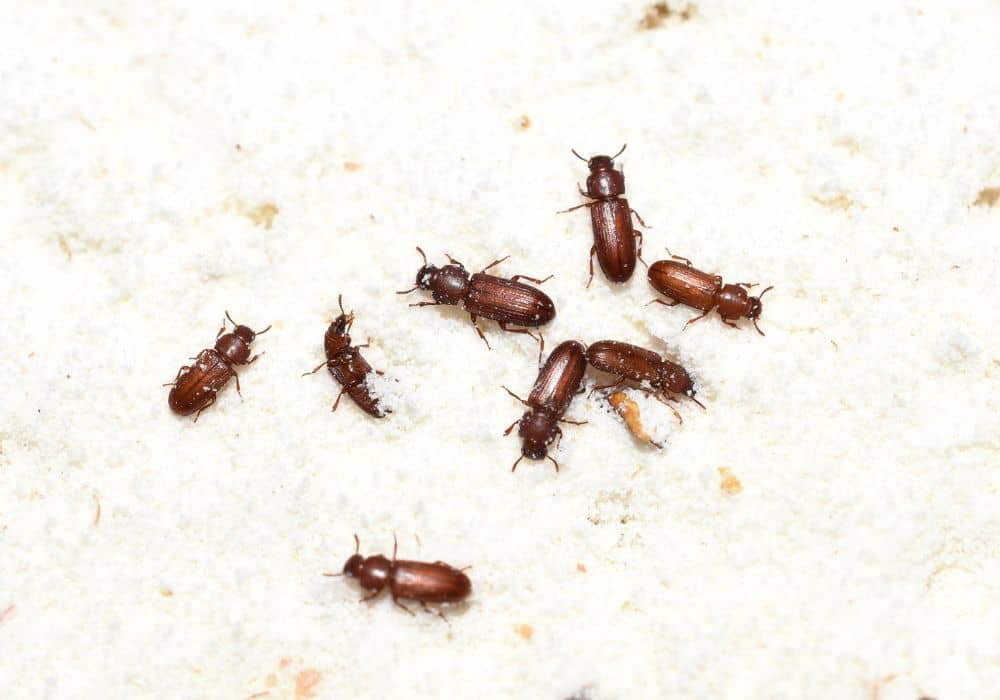
There are many pantry insect pests that can infect your home’s food storage – too many to explore separately in a short article. These include things such as food moths such as the Indian meal moth, cigarette beetles, drugstore beetles, confused flour beetles, merchant grain beetles, and others.
Such pests aren’t usually dangerous and don’t often spread diseases either as they tend to always spread in grain and food storages, not in trash or on animals. They can be incredibly annoying, however, and render our food supply inedible. So, the way to deal with them is to throw away infected food and place baits and traps for adults that have already gotten out and are roaming around.
Visiting/seasonal pests
There are lots of other insect wildlife that can invade your home, typically in the summer months but not exclusively. These insects rarely nest in our homes – though some do – and tend to be just occasional invaders.
1. Mosquitoes
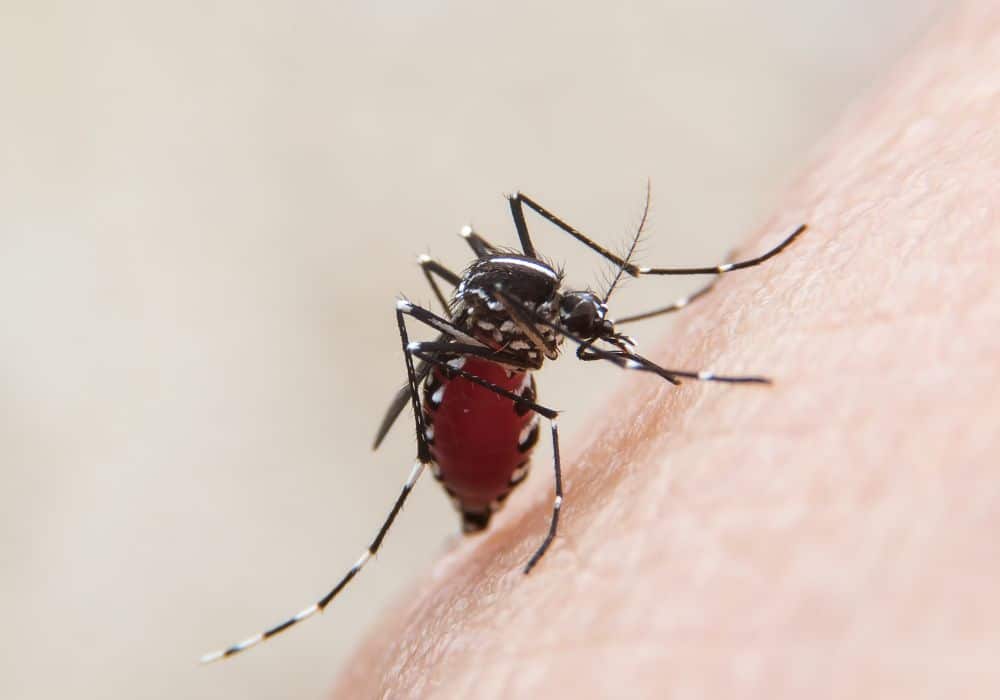
The prime example of a seasonal pest that can invade your home and cause trouble is the mosquito. These pests will rarely nest inside your home unless you’ve left open bodies of still water for them to lay their eggs in, but they love to sneak indoors, hide, and bite in the middle of the night. Their bites can be not only itchy but can also spread various diseases such as malaria, dengue fever, yellow fever, and others.
Fortunately, mosquito control is easy – just put up window screens and remove bodies of still water from and around your property.
2. Flies
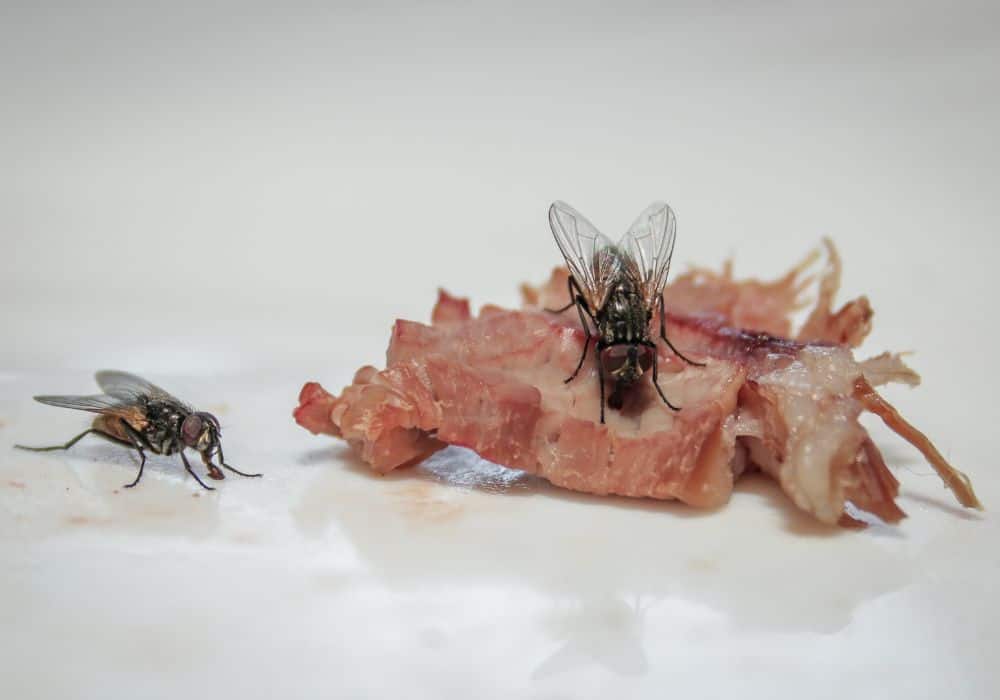
House flies, drain flies, deer flies, black flies, hover flies, common fruit flies, and many others can be found in North Carolina. Like mosquitoes, they can also spread diseases although their bites aren’t as nasty most of the time. Flies can be even more numerous than mosquitoes in certain areas during the summer, however, so windows screens are especially important here as well.
3. Bees, wasps, and hornets
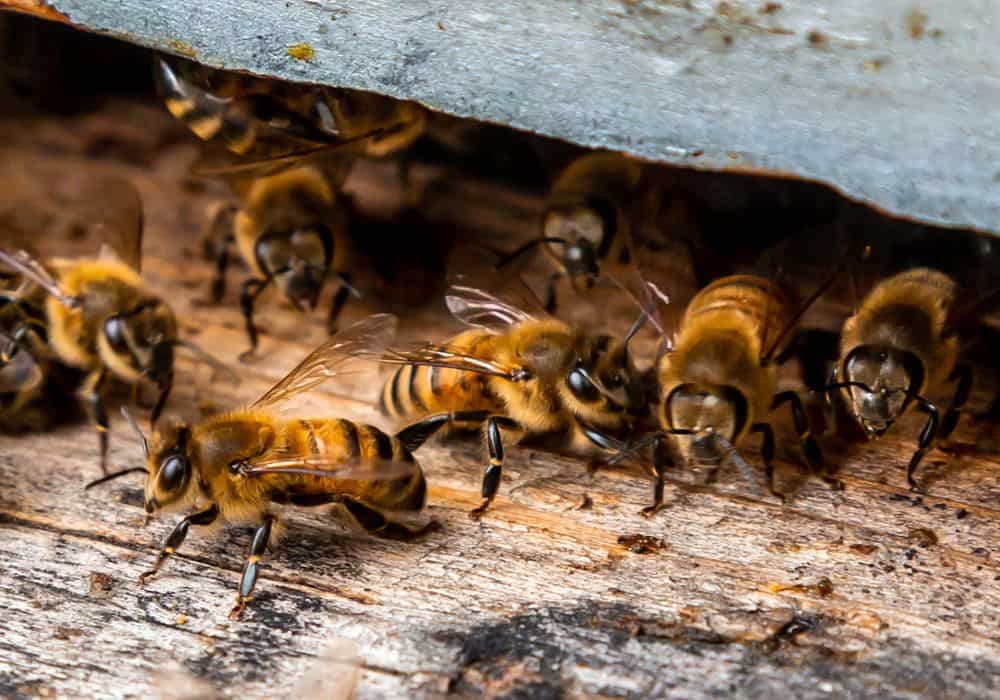
Other fliers that are often seen during the spring, summer, and autumn are the flying cousins of ants – bees, wasps, and hornets. All of these can sting quite painfully even though bees are much less aggressive than the other two and would only defend themselves in the most extreme circumstances.
The stings of these insects don’t spread diseases but they can cause some very nasty allergic reactions. Their nests are rarely inside our homes but they can be right next to your house or on the walls, leading to a lot of these insects getting in.
Hornet and wasp nests are best destroyed by a professional or with insecticide from a distance. Bee hives, on the other hand, should ideally be moved as these are beneficial insects in a lot of aspects.
4. Carpet and flower bugs
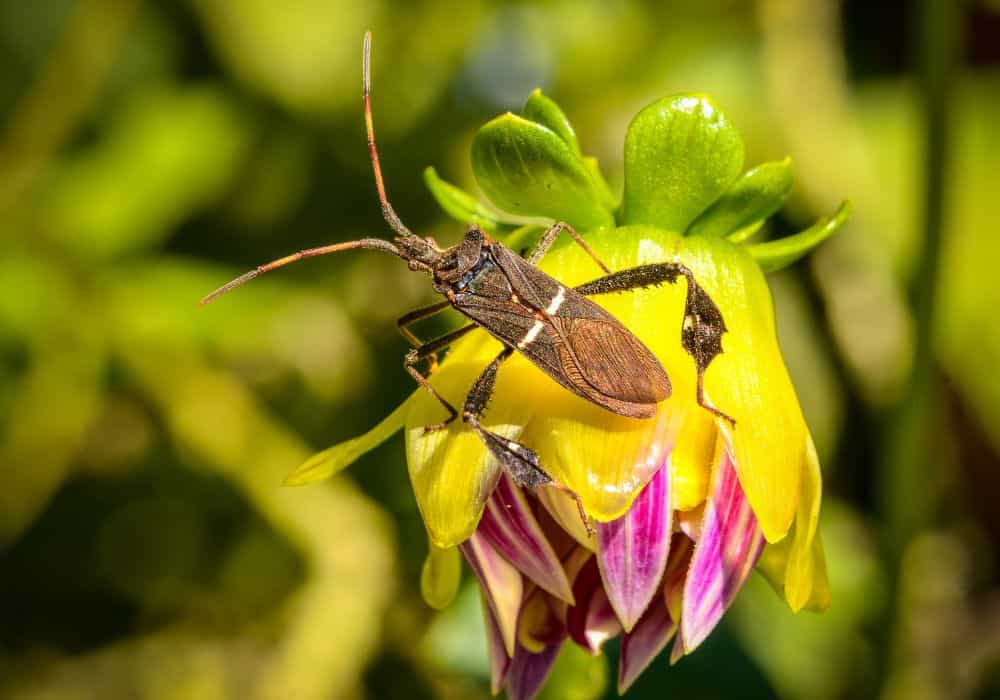
Like pantry bugs, there are many other insects that can occasionally get inside our homes to feed on our plotted plants or on the fabric of our carpets, furniture, and clothes. While different, these insects are similar in principle as they all tend to get through open windows or unsealed cracks and crevices in our walls.
Dealing with them is done through various types of insecticides suitable for the particular type of bug and should be done sooner rather than later as they can cause quite a bit of damage before we’ve realized what’s happening.
In conclusion
There are many other pests to contend with in North Carolina but these are some of the most common ones. As usual, prevention is the name of the game if you want to have the least problems on your head but sometimes infestations happen regardless, so, it’s important to act swiftly and decisively whenever you notice an issue.
